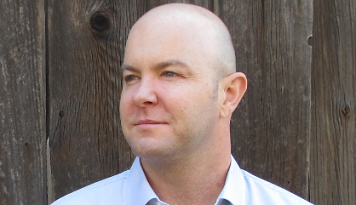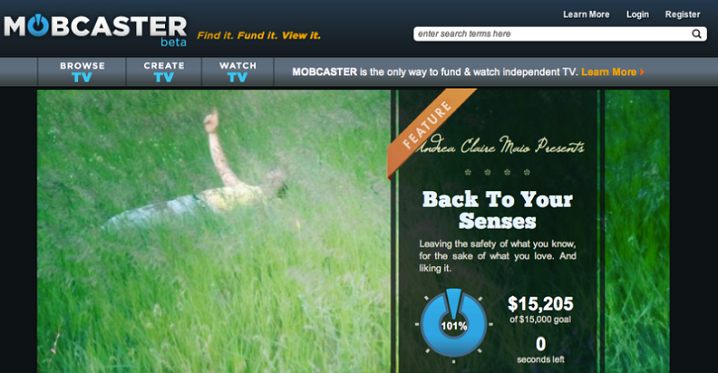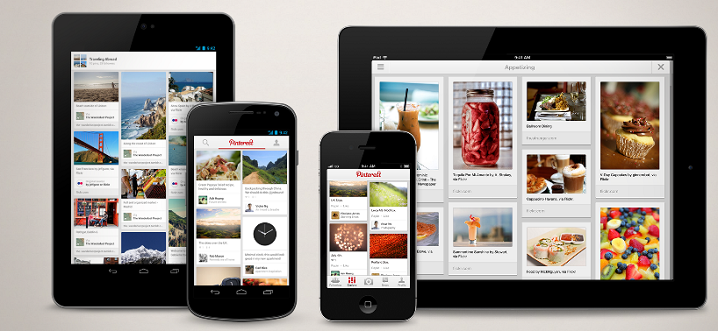16 Things Your Startup SHOULD Copy from Spotify
Spotify è una sensazione di streaming musicale. La società è sopravvissuta in un settore in cui molti hanno fallito e le giovani potenziali startup temono di entrare in contatto. Spotify è uno dei più popolari se non il più popolare servizio di streaming musicale. L’azienda fornisce contenuti protetti da DRM da una vasta gamma di etichette discografiche principali e indipendenti, tra cui Sony, EMI, Warner Music Group e Universal.
La musica può essere sfogliata per artista, album, etichetta discografica, genere o playlist, nonché mediante ricerche dirette. La profondità del catalogo e la velocità della musica in streaming hanno contribuito al successo dell’azienda. Spotify è anche social. Puoi condividere musica sulla piattaforma Spotify, Facebook, Twitter, il tuo blog e via e-mail. Puoi seguire anche altre persone.
A dicembre 2012 Spotify aveva registrato 20 milioni di utenti, 5 milioni dei quali pagavano mensilmente.
Il fondatore e CEO di Spotify Daniel Ek ha condiviso queste lezioni su come Spotify è diventato un grande attore nel servizio di streaming musicale a livello globale in varie interviste . Puoi applicare alcune di queste suggerimenti per la tua startup o condividi con un amico che è già nel settore della musica. Gli aspiranti imprenditori che intendono avviare servizi di streaming musicale troveranno questo molto utile.
1. Obiettivo : Per noi si tratta di farlo conoscere a più persone. Abbiamo lanciato negli Stati Uniti un anno fa. Vogliamo portare la musica per ogni singola persona e portarla in ogni momento della loro vita.
2. Obiettivo : La mia ambizione è che vogliamo che gli artisti possano permettersi di creare la musica che vogliono creare, e se impiegano cinque anni a sedersi e realizzare l’album vogliono fare, dovrebbero essere in grado di permetterselo. Questo è il mio obiettivo.
3. Strategia : Penso che la parte sociale sia davvero fondamentale in questo. Il social non riguarda solo le persone coinvolte che sono già sulla piattaforma. Si tratta anche di condividere quella musica su altre reti.
4. Crescita : Quello che stiamo facendo è investire nella crescita. Come ho detto prima, vogliamo raggiungere ogni singola persona sulla faccia di questo pianeta. Ciò significa che rinunciamo ai profitti, per continuare a investire nella crescita.
5. Etichette discografiche: Quando le etichette alla fine hanno visto l’estensione del servizio, hanno avuto un’idea molto migliore perché il contenuto di Spotify è così veloce da accedere. È stato di grande aiuto quando ho cercato di capire il modello di business alla base di questo.
6. Pubblicità : possiamo facilitare una serie di altre cose per gli inserzionisti di marchi come il targeting dell’umore. Possiamo anche indirizzare i dati demografici in modo più chiaro rispetto ai canali multimediali offline.
7. Crescita : Vogliamo fornire strumenti in modo che i social network possano lavorare con noi e in modo che gli sviluppatori possano costruire cose interessanti su Spotify.
8. Modello : Sento che oggi c’è ancora un problema di fondo nella semplice riproduzione di qualsiasi contenuto tu voglia, quando e quante volte vuoi, e questo è il problema che Spotify sta cercando risolvere.
9. Modello : Consideriamo la condivisione della musica come molto, molto importante per la nostra attività. Abbiamo scoperto che più i nostri utenti sono social, ovvero condividono la musica, più velocemente fanno crescere la propria libreria musicale. [E] più velocemente fanno crescere la loro libreria musicale, più velocemente diventano clienti paganti.
10. Prodotto : abbiamo oltre 1 miliardo di playlist che le persone hanno creato e quasi un terzo di queste erano persone che salvavano interi album. Ogni volta che la gente dice che il formato dell’album è morto, non ci crediamo affatto.
11. Prodotto : Il grande paradigma dei siti all’interno della scoperta della musica è stato editoriale rispetto agli algoritmi. Ma più ci abbiamo pensato, in realtà non si escludono a vicenda. Puoi sposarli insieme.
12. Concorso : Alla gente piace ascoltare l’intero album. Su iTunes, potrebbero scegliere le canzoni a causa del modello [a la carte sales], ma con il modello di accesso non ci sono costi aggiuntivi per ascoltare l’intero album, quindi è quello che fanno.
13. Feedback : Un’altra cosa che abbiamo sentito molto più recentemente è che gli artisti ci stanno dicendo ‘Ci sono 20 milioni di canzoni su Spotify, quindi come posso essere ascoltato?’ Abbiamo riflettuto molto sul modo in cui risolviamo questi problemi. Abbiamo lavorato su una nuova versione di Spotify che riteniamo risolva questo problema.
14. Trend : Le persone consumano molta più musica, che di per sé è una buona cosa per l’industria musicale. E man mano che sempre più smartphone arrivano, le persone iniziano a pagare di nuovo per la musica.
15. Lezione : Con la musica, la riscoperta è una parte fondamentale del modo in cui ascolti la musica, ma manca a tutti i servizi Internet.
16. Futuro : Abbiamo già pagato oltre $ 200 milioni agli azionisti, ed è ancora agli inizi. Quindi, per me, parte di esso parla della storia della crescita di come riportiamo l’industria musicale dove era prima, e probabilmente anche oltre.
Correlato : Pinterest , Airbnb , Dropbox [E 19459016] Hootsuite , Foursquare e Instagram lezioni del fondatore DOVREBBE copiare.


 Welcome to the
Welcome to the  Welcome to the
Welcome to the 

Recent Comments